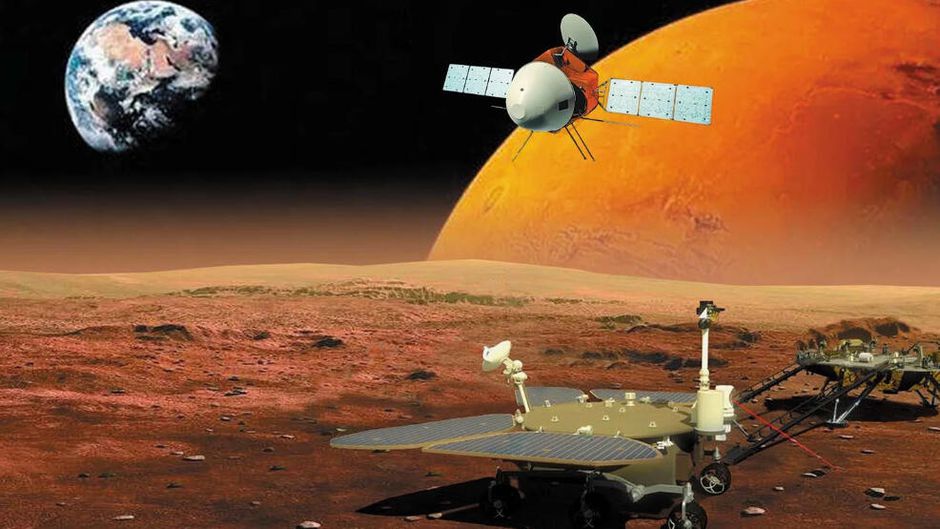Surrounded by floating candy canes and a snowman crafted from stowage bags, astronauts aboard the International Space Station (ISS) came together to share holiday greetings with those on Earth.
Expedition 72 commander Sunita “Suni” Williams, wearing festive reindeer antlers, joined fellow NASA astronauts Barry “Butch” Wilmore, Don Pettit, and Nick Hague in a cheerful video message from 260 miles (420 kilometers) above the planet.
“This is a wonderful time of year up here,” said Williams in the recording made on Monday, December 23. “We’re spending it with our space family—there are seven of us aboard the International Space Station—enjoying each other’s company.”
In addition to the four NASA astronauts, the ISS crew includes Alexey Ovchinin, Ivan Vagner, and Aleksandr Gorbunov from Russia’s Roscosmos space agency.
Hague reflected on the meaning of the season, saying, “Christmas is about spending time with friends, family, and loved ones. While we’re orbiting away from them this year, we know we’re not alone. A huge team on the ground in mission controls around the world is working to support us.”
He expressed gratitude to those teams, adding, “Their sacrifices keep this mission going, even over the holidays.”
A Holiday Feast in Space
The ground teams prepared a special holiday meal for the astronauts, which Pettit described as a feast fit for the season. “Christmas is synonymous with food and feasting,” he said. “And boy, do we have a feast packaged up here!”
Along with the meal, the crew decorated the station with a small artificial Christmas tree and ornaments featuring photos of their families.
A Festive Spirit
Hague, Pettit, and Wilmore donned Santa hats for the video, with Wilmore adding a personal touch by stretching his over a cowboy hat, a nod to his Tennessee roots. As an ordained minister and devout Christian, Wilmore also shared the spiritual significance of the holiday.
“Christmas is Christ. Hallelujah, a savior is born,” he proclaimed.
The astronauts closed their message with a heartfelt “Merry Christmas!”
A Cosmic Holiday Connection
For those on Earth, the holiday season offers its own celestial treats. Skywatchers can enjoy Venus and other planets lighting up the night sky, while history enthusiasts might explore the mystery of the Star of Bethlehem as astronomers continue to debate its origins.
From their unique vantage point in space, the ISS crew’s celebration serves as a reminder of the universal joy and togetherness that the holiday season inspires, whether on Earth or orbiting far above it.

 Technology4 weeks ago
Technology4 weeks ago
 Science4 weeks ago
Science4 weeks ago
 Business3 weeks ago
Business3 weeks ago
 Sports3 weeks ago
Sports3 weeks ago
 Business3 weeks ago
Business3 weeks ago
 Lifestyle3 weeks ago
Lifestyle3 weeks ago
 Health3 weeks ago
Health3 weeks ago
 Entertainment2 weeks ago
Entertainment2 weeks ago














